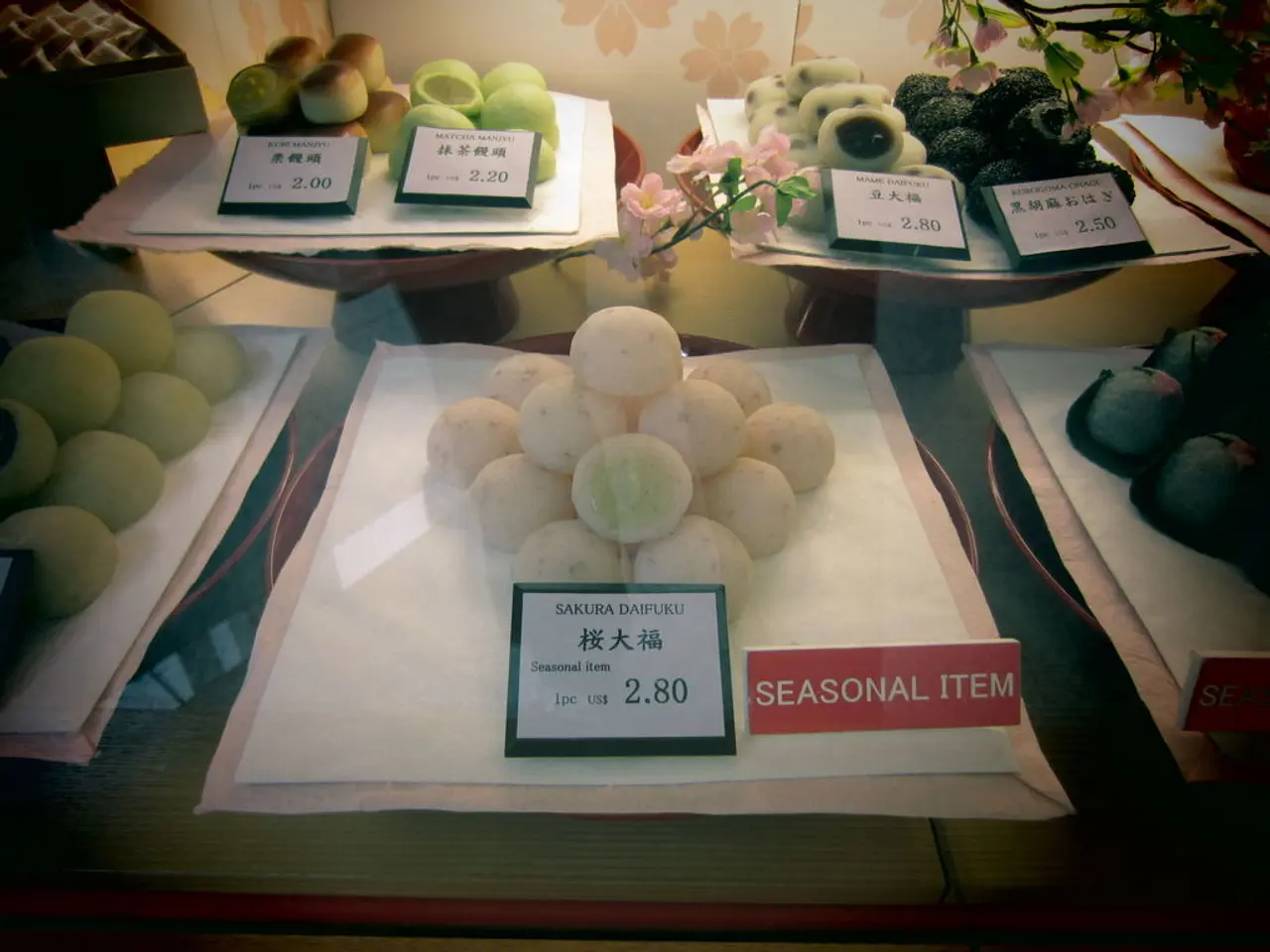What is a Change in Supply?
Adjustment in Production: Unveiling the Factors Influencing a Modification in the Supply Line Graph
A change in supply, represented by a shift in the supply curve, is all about producers adjusting the quantity of goods they offer for sale at various price points.
Digging Deeper
Change in supply occurs due to several reasons, such as new technologies making production more efficient, a change in the number of competitors, or fluctuations in raw material costs.
It's crucial to distinguish a change in supply from a change in quantity supplied. The latter refers to adjustments in the amount of goods provided in response to a change in price, whereas a change in supply is influenced by factors other than price [1].
Uncovering the Mystery
In essence, a change in supply causes a ripple effect in the market, disturbing the equilibrium that eventually leads to price adjustments and altered demand to restore balance.
An increase in supply moves the supply curve to the right, implying a greater quantity of the good being supplied at every price, resulting in lower prices and potentially higher sales. Conversely, a decrease in supply pushes the curve to the left, reducing the quantity of goods at every price, leading to higher prices and lower sales [1].
Economic Ponderings
The fundamental factors dictating a change in supply as per experts in the field are:
- Number of Sellers: An increase in the number of sellers usually expands the total quantity of the good, thereby shifting the supply curve rightward.
- Expectations of Sellers: If sellers anticipate higher future prices, they may hold back supply to sell later, resulting in a leftward shift of the supply curve. In contrast, lower future price expectations can result in an increase in current supply.
- Input Prices: Changes in the cost of inputs like labor, raw materials, and energy affect supply. Decreased input costs encourage an expansion in supply, shifting the curve rightward, whereas increased input costs can lead to a reduction in supply, causing a leftward shift [1].
- Technology: Technological advancements tend to raise production efficiency and lower production costs, increasing supply and causing a rightward shift of the supply curve [2].
- Taxes and Subsidies: Higher taxes on production enhance overall costs and decrease supply (leftward shift), whereas subsidies reduce costs and increase supply (rightward shift) [2].
- Prices of Related Goods: The prices of related goods like substitutes or complements can impact the supply of a specific good. For example, if the price of a related product rises, producers might shift their production, causing the supply of the original good to decrease [2].
- Natural Events: Although rarer, events like weather conditions can influence supply, notably in agricultural sectors [3].
In summary, a change in supply happens as a result of factors that affect production costs, capacity, or producer incentives, leading to a shift along the supply curve, either to the right (increase in supply) or left (decrease in supply), regardless of the good’s own price changes [1].
Graphical Representation
To visualize the effects of changing supply and demand, plot the two variables on a graph. The horizontal X-axis signifies quantity, and the vertical Y-axis signifies price. The supply and demand curves intersect to form an "X" in the middle of the graph, with the supply curve pointing up and to the right, and the demand curve pointing down and to the right. The point of intersection represents the current price and quantity based on existing levels of supply and demand.
A positive change in supply when demand remains constant shifts the supply curve to the right, leading to a lower price and higher quantity. On the flip side, a negative change in supply causes the curve to move to the left, leading to a higher price and lower quantity [4].
- In the context of the digital finance industry, an increase in the number of Initial Coin Offerings (ICOs) could potentially lead to a rise in the supply of digital assets, shifting the supply curve rightward, and consequently lowering prices and increasing sales.
- The energy sector, faced with lower input costs due to advancements in technology, has experienced an increase in its supply, causing a rightward shift in the supply curve, leading to higher production levels and possibly lower prices.
- The consensus among business analysts is that a decrease in the number of competitors in the industry could result in a leftward shift in the supply curve, reducing the quantity of goods at every price, and potentially leading to higher prices and lower sales.






